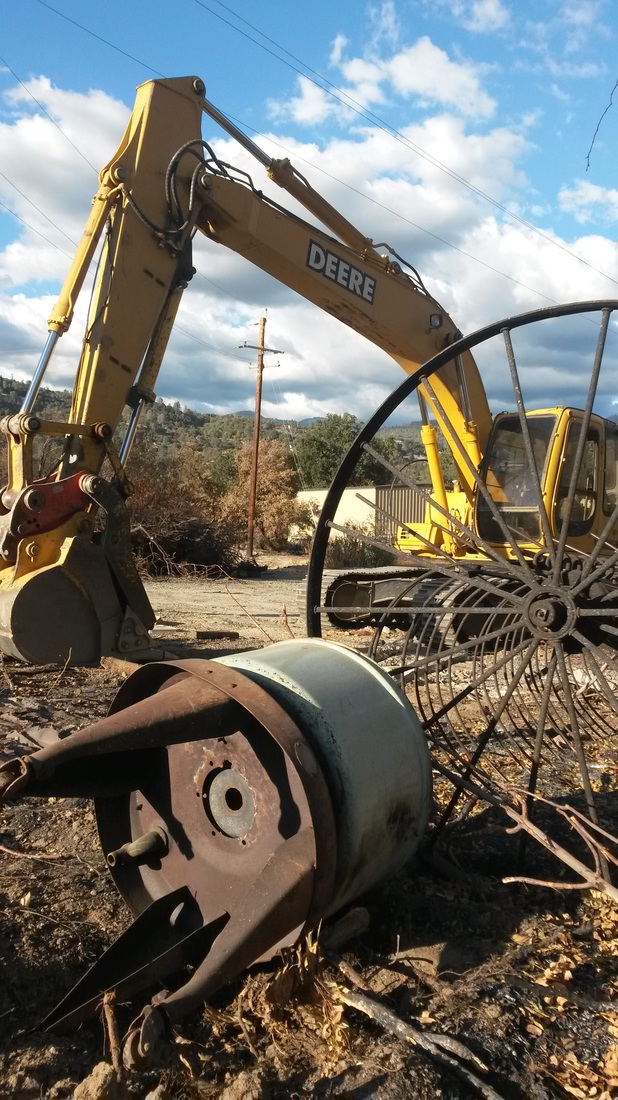|
This year the Society for Literature, Science and the Arts converges in Atlanta, GA. I'll thrilled to be presenting with friends and colleagues Patrick LeMieux and Finn Brunton, for a historical methodologies panel Patrick organized. We'll be speaking Thursday, 11:45am-1:15pm. As Patrick wrote in the panel proposal: "For each presenter, 'doing history' offers an alternative mode of making, one which involves confrontation and collaboration with historical agents, the production of self-made archives, and the implementation of diverse technical and aesthetic practices. Although such techniques have their corollaries in more traditional disciplines—such as oral history, ethnographic interviewing, archival work, and art practice—the technological complexity of media historical research presents unique challenges that require an emergent vocabulary and the circulation of media-specific case studies. ." Panel InfoPanel Title: Digging, Driving, Decoding, Describing: Media Historical Methodologies Panel 1I, Peachtree 1 | Thursday 11:45am-1:15pm Chair: Patrick LeMieux Finn Brunton | New York University Making Media Middens Laine Nooney | Georgia Institute of Technology On Footwork, or: How to Get People Talking in a Town that Wants to Forget Patrick LeMieux | University of California at Davis How to Lose: Forensic Reconstructions of How to Win "Super Mario Bros" Panel AbstractsMaking Media Middens (Finn Brunton)
We in the digital history community have a fantastic, lively conversation—and superb institutions—devoted to the questions of what it means to preserve, archive, and study digital and computational artifacts: think Brewster Kahle, Lori Emerson, Jason Scott, Katrin Weller, Matt Kirschenbaum, Megan Ankerson . . . On this panel, I will discuss the digital materials that we don't want to archive, or that don't want to be archived—the trash, cruft, detritus and intentionally opaque hoard of documents and artifacts that constitute our digital middens. I will focus on two from my own research: the archives of spam, which we'd all rather forget, and the records of the communities and marketplaces of the so-called “Dark Web,” which would prefer to be forgotten. How best to make them into and understand them as archives? Middens are pits of domestic refuse filled with the discards and byproducts of material life: the gnawed bones, ashes, fruit stones and potsherds, shells and chips and hair and drippings—together, the photographic negative of a community in action and an invaluable record for archeologists. Along with presenting some practical tools and techniques for both finding and making the middens of our subject, I will discuss ways that we can think of digital historiography in terms of these accidental or unwanted archives. Finally, I'll pose some questions about doing research with other kinds of eccentric, troubling, or speculative archives, like blockchains and doxxes. On Footwork, or: How to Get People Talking in a Town that Wants to Forget (Laine Nooney) In 1982, journalist Steven Levy followed Route 41 into Oakhurst, CA and found a fiberglass talking grizzly bear mounted in the town center which would report local land prices at the touch of a button. This strange interaction opens the final third of Levy’s legendary book Hackers: Heroes of the Computer Revolution, focusing on the early years of landmark computer game publisher Sierra On-Line. Thirty years later, the talking bear still stands, but now it recites the classic holiday poem, “T’was the Night Before Christmas.” Oakhurst’s Talking Bear is an analog for the complex and crosswired cultural memory the town holds for Sierra: things still stand, but nothing remains the same. Arriving at a time of economic depression, Sierra built Oakhurst’s largest buildings, employed hundreds of locals, and promised expansive opportunity—until Sierra closed its operations there in the early 2000s and Oakhurst slide back into recession. Amidst these dense civic dynamics, I conduct my research on the social history of Sierra On-Line. This talk will document my methods for locating relevant interviewees, tracking the civic remains of Sierra On-Line’s presence, and making sense of the unspoken ways history “lives on” beneath the surface of rural American towns. While much video game history is conducted at a distance—from the haven of on-screen representation, bits on a disk image, or email interviews email—I suggest that closeness to landscape and attentiveness to regionalist interests offers an opportunity to expand the audit of video game history beyond the provenance of the games themselves. How to Lose: Forensic Reconstructions of How to Win "Super Mario Bros" (Patrick LeMieux) In 2003, Alexander Galloway videotaped his hands and sampled controller input while playing Super Mario Bros. After completing the game, he formatted the serial data as guitar tablature and hosted it alongside the tutorial videos on Whitney's Artport. Titled How to Win “Super Mario Bros” or RSG-SMB-TAB, Galloway’s ASCII satire of a Game FAQ walkthrough also operates as a conceptual artwork in which play is reduced to a single series of inputs and recast as an impossible guide for novice players—a not-so-user-friendly map that coincides with the territory of the Mushroom Kingdom. Despite and because of the exactitude of the historical documentation, the history of play is lost. But is the game over or is there some way to continue? This talk documents the media archeological methods I used to try and learn How to Win “Super Mario Bros.” Starting from text files and camcorder footage I reverse engineered and remade RSG-SMB-TAB based on the technical operations of the Nintendo Entertainment System and the material practices of player communities. From tool-assisted simulations of nonexistent videos to real-time reenactments broadcasted on Twitch TV to a self-playing guitar that plays through Galloway’s tabs, in this presentation I demonstrate the role of play as a critical method for historicizing media art. Although some games are difficult to play or cannot be won, methodologies based on a deep material engagement not only reveal the complexity of computational media but also disrupt ahistorical ideologies of immateriality, completion, mastery, and even winning. Comments are closed.
|
Archives
March 2020
Categories
All
|

 RSS Feed
RSS Feed